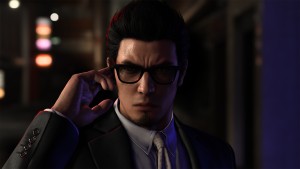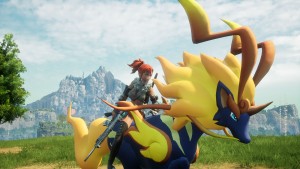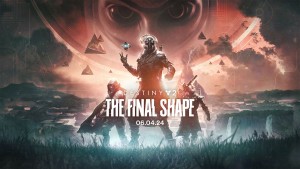Pokkén Tournament Review

Pokémon’s track record for offshoots is muddy. The core games are beloved, but venturing outside of the RPG genre rarely goes well for Pokémon. Pokkén does little to inspire hope for the franchise to successfully branch off in new directions, but does offer some depth during its well-paced matches. For those who want more than the small amount of Pokémon action combat seen in Super Smash Bros. over the years, it can be found here.
Pokkén shares its developer with the Tekken series and its title openly expresses those roots, but the combat is split evenly between 2D-style Tekken combat and open-field 3D phases that have more in common with games like Power Stone and the Naruto fighting games. Flashy powerful moves do more to decide the progress of battle than the volley of small attacks and combos making matches quick and violent. The constant phase-switching (which activates in response to certain moves) is confusing, since it changes how you control your fighter. Despite the focus on the phases, they don’t add to the experience. I coped with them more than I enjoyed them.

Combat (in either phase) is built on counters, grabs, and unleashing powerful Synergy Burst attacks. At the higher levels, it borrows subtly from Pokémon’s rock-paper-scissors combat, with the assorted counters and certain offensive maneuvers overpowering one another – as long as you know what to look for and how to offer the immediate response. You can execute combos, but I found more success in focusing on countering and following up with grabs. The combos are generally easy to pull off, however, and look flashy. I enjoy the focus on power moves over smaller combos, as it makes comebacks frequent and rewarding, especially when a single Synergy Burst can halve an opponent’s health bar.
Pokkén’s roster contains 16 fighters with an additional 30 support Pokémon available to briefly lend a hand during fights. Many favorites are missing, like most of the classic fully evolved starters. It would have been absurd to not include Pikachu, but it’s disappointing that he takes up two slots with his normal and Libre versions. Plenty of unlocks are available for your two-dimensional anime avatar, as well as phrases and titles you can add to your character card to take online, but I found what I liked in terms of customization early and didn’t feel compelled to expand my options lending little value to the unlocks.
Online multiplayer is serviceable, without recurring slowdown in either its Ranked or Friendly modes. Curiously, no option exists to simply wait for an opponent. Instead, you are thrown into a low-level CPU fight if an opponent is not found in 10 seconds. It’s not a bad thing to get in a little practice before a real match, but being forced into CPU battles is annoying when you’re in the mood for some actual human competition.
The single-player campaign has players working their way up rankings of assorted Pokémon leagues while pursuing the mysterious Shadow Mewtwo. The content of the story isn’t compelling, but the campaign is serviceable as a motivator to keep fighting and level up your partner. Its biggest issue is it doesn’t feel like a Pokémon story. References to Pokémon staples, like Pokéballs, are non-existent. It’s a Pokémon game with a story that chooses to acknowledge little to no part of its establishing universe.
The core combat is entertaining with a surprising amount of depth, but my interest waned after unlocking all the fighters and playing a few local matches. For Pokémon fans, it’s a hard recommendation for its self-imposed separation from the grand Pokémon universe. For the person in the middle of the Pokémon and fighting game Venn diagram, however, enough depth exists to encourage heated, practiced competition to earn it a spot next to Super Smash Bros. on the shelf.




















